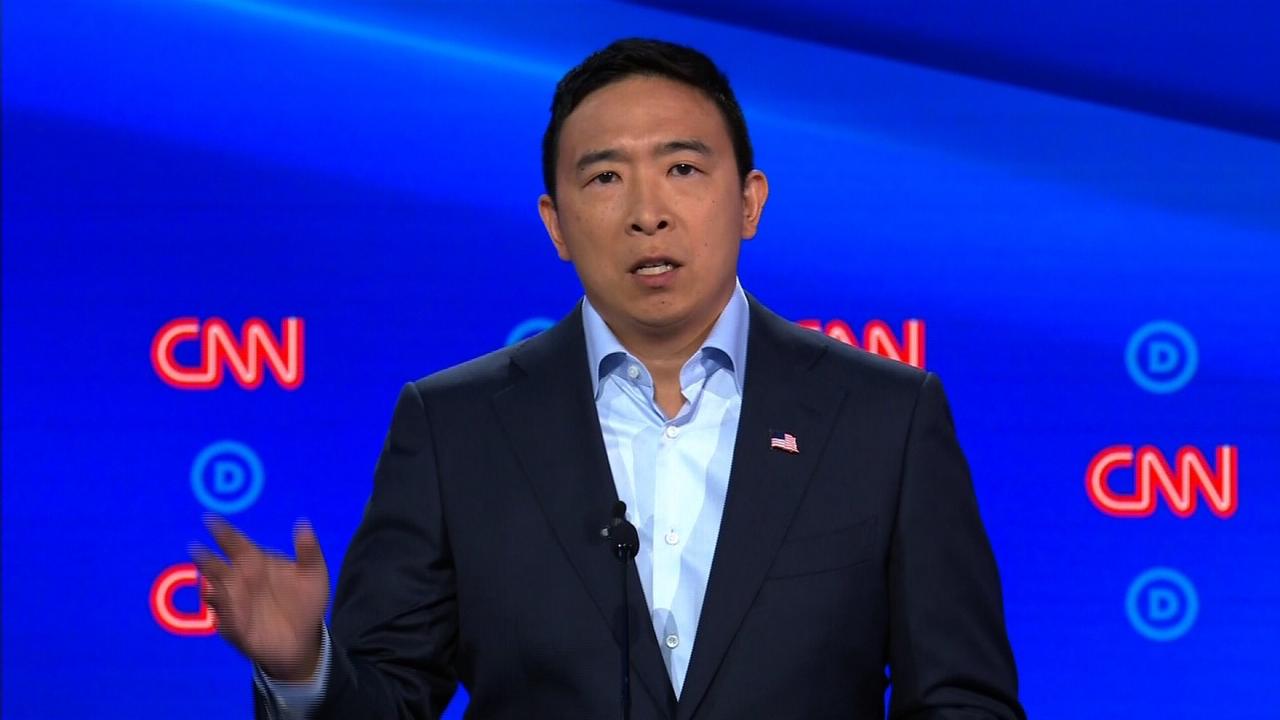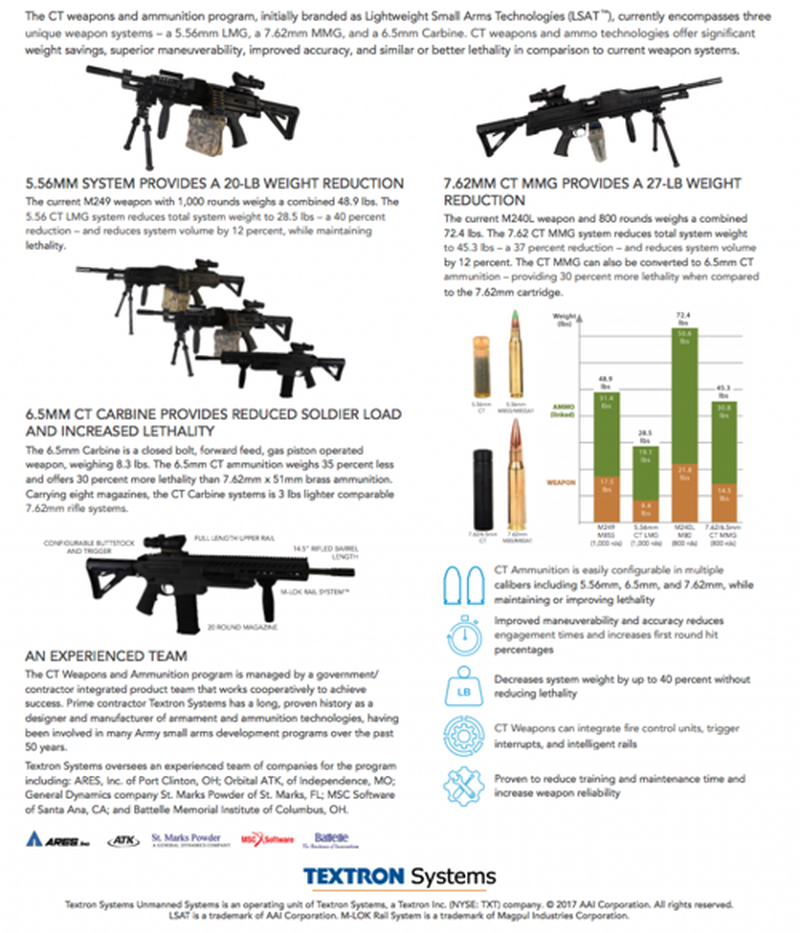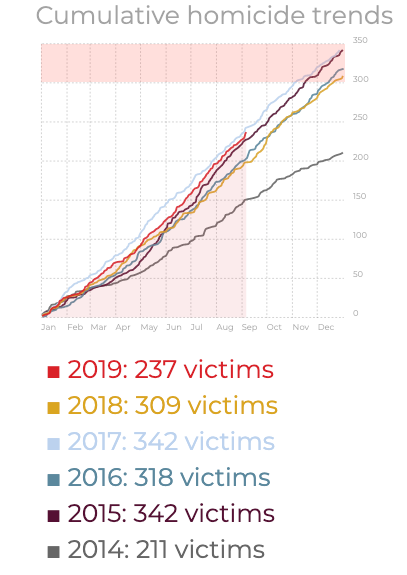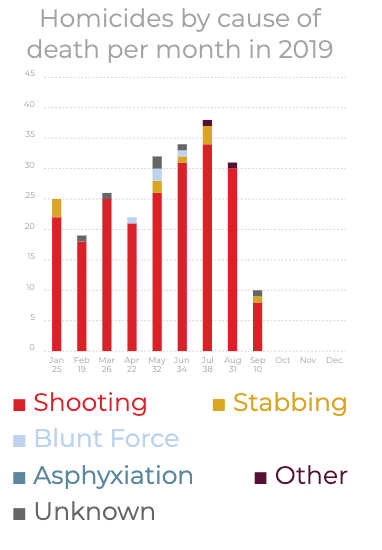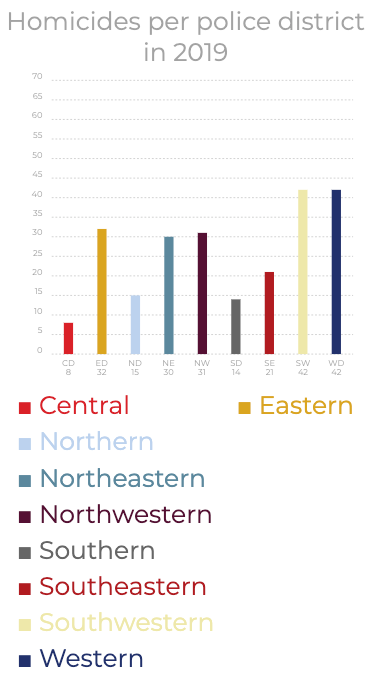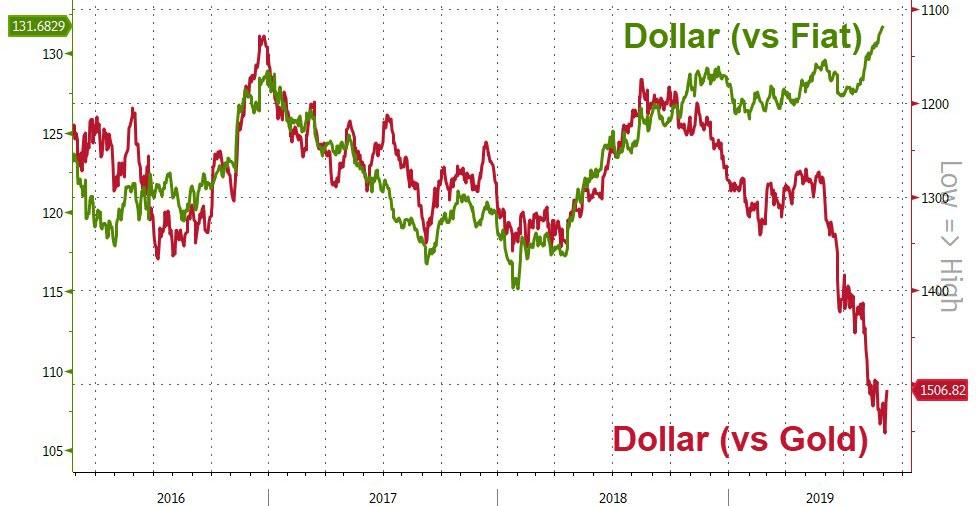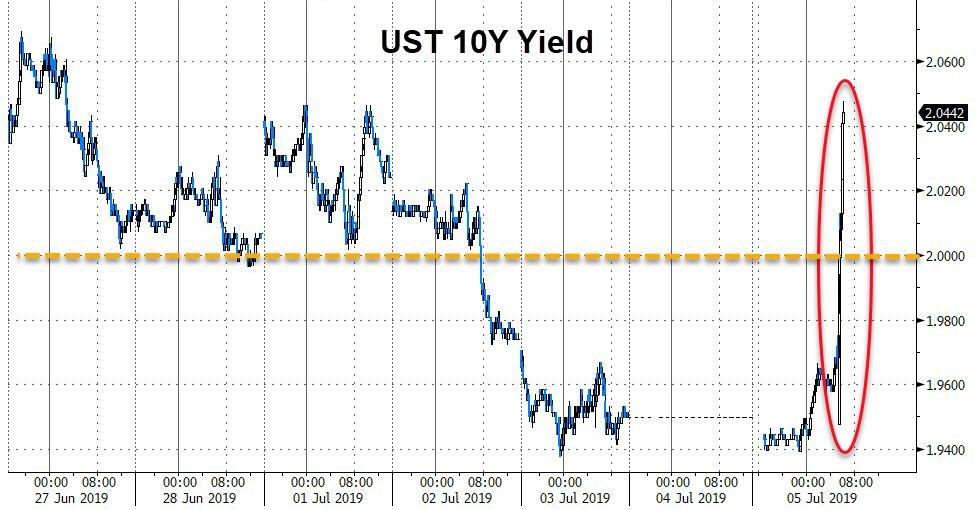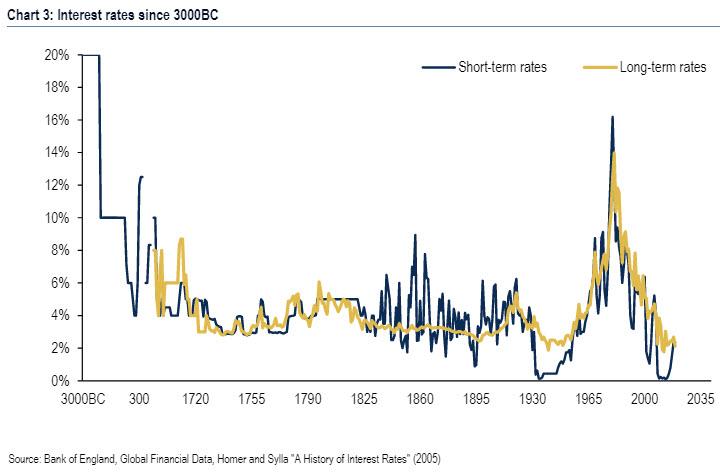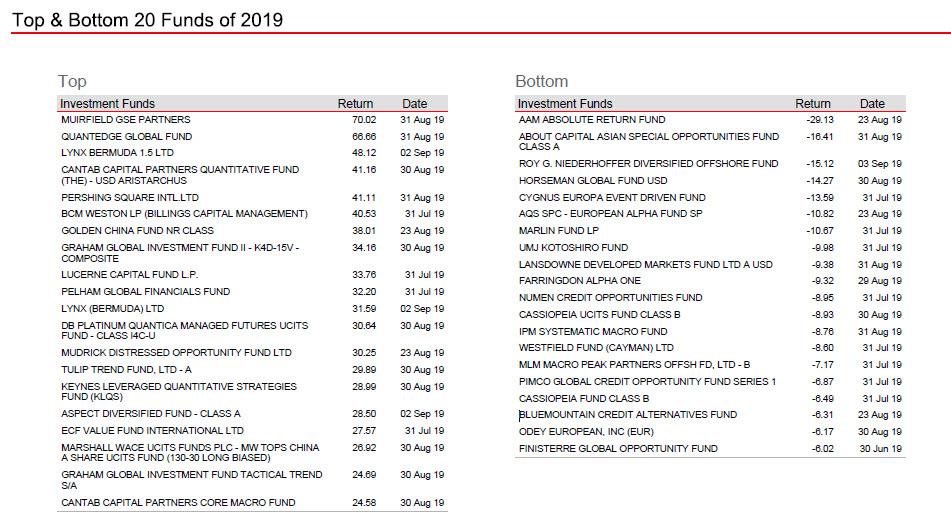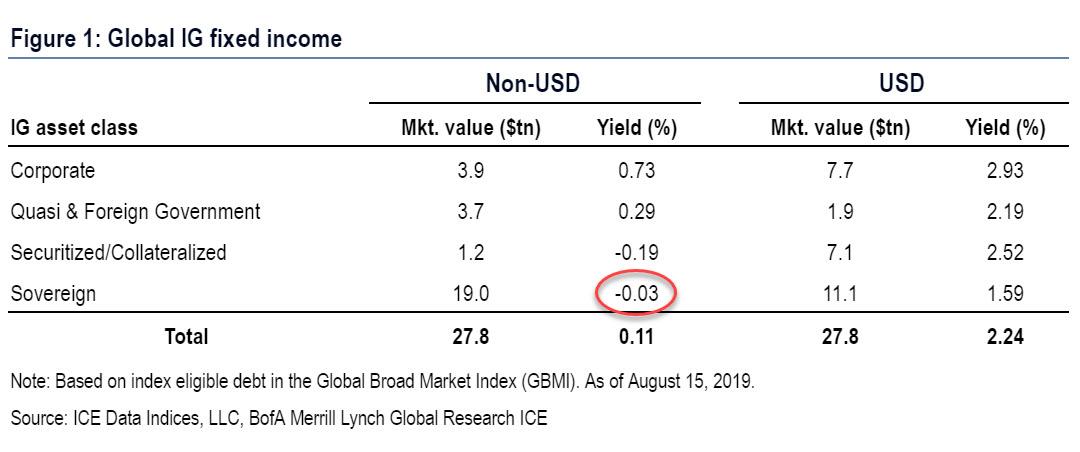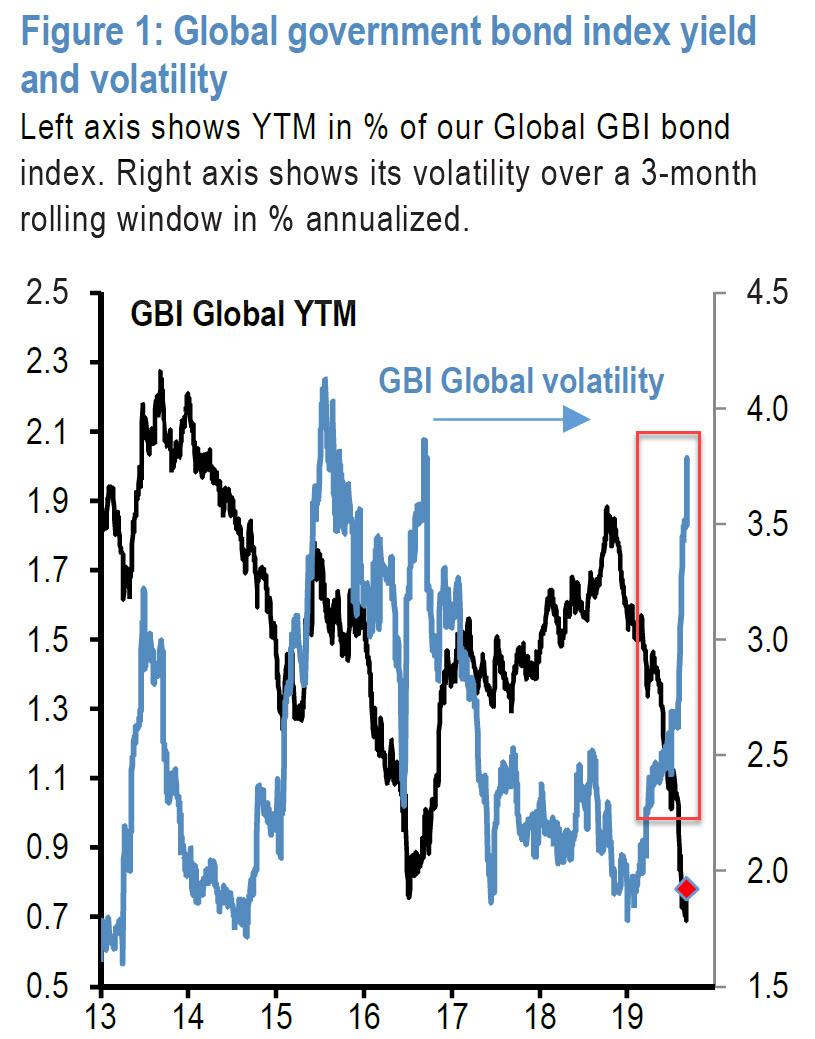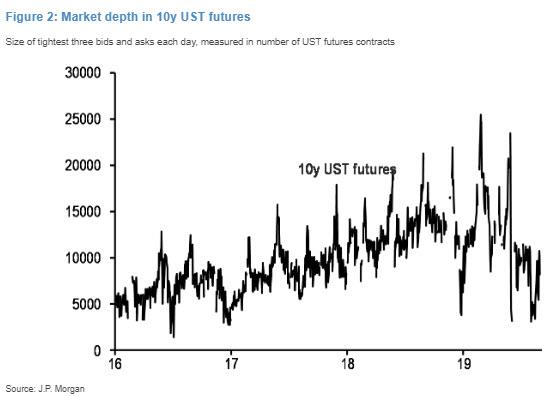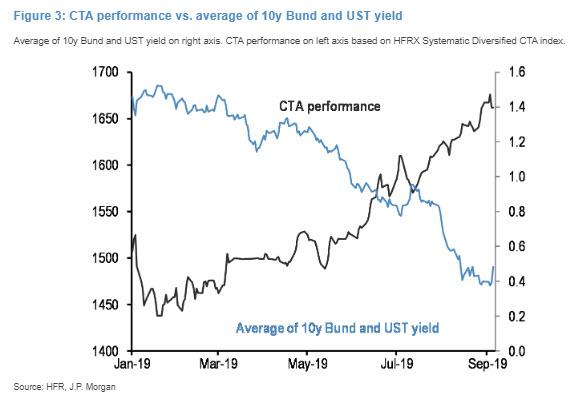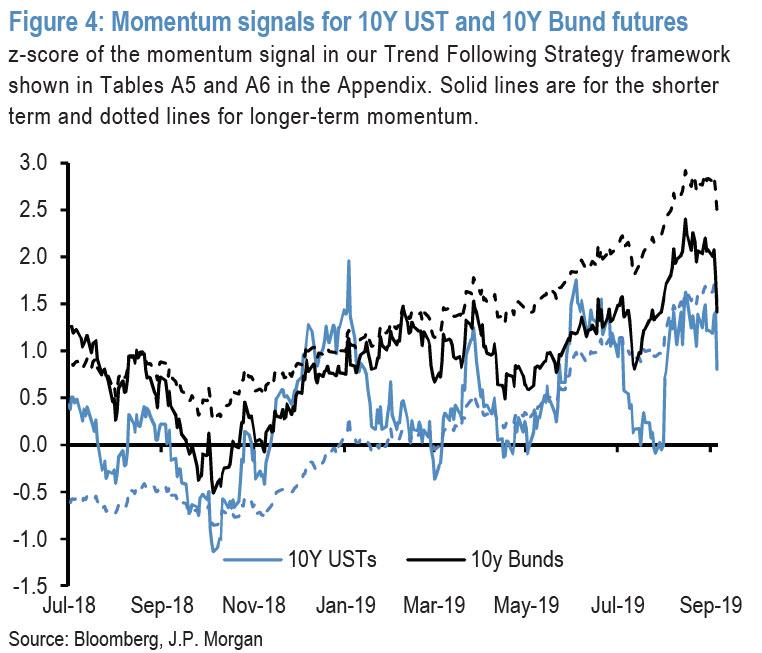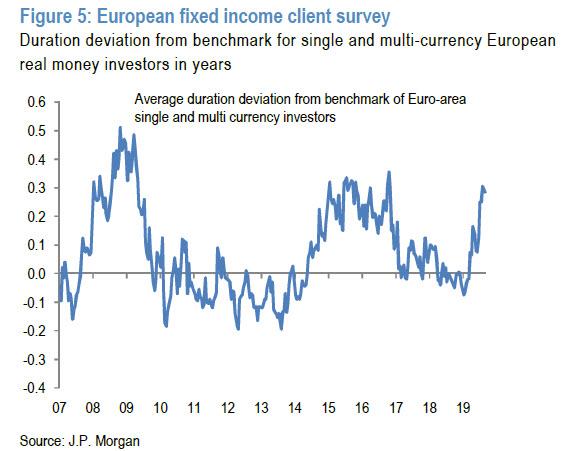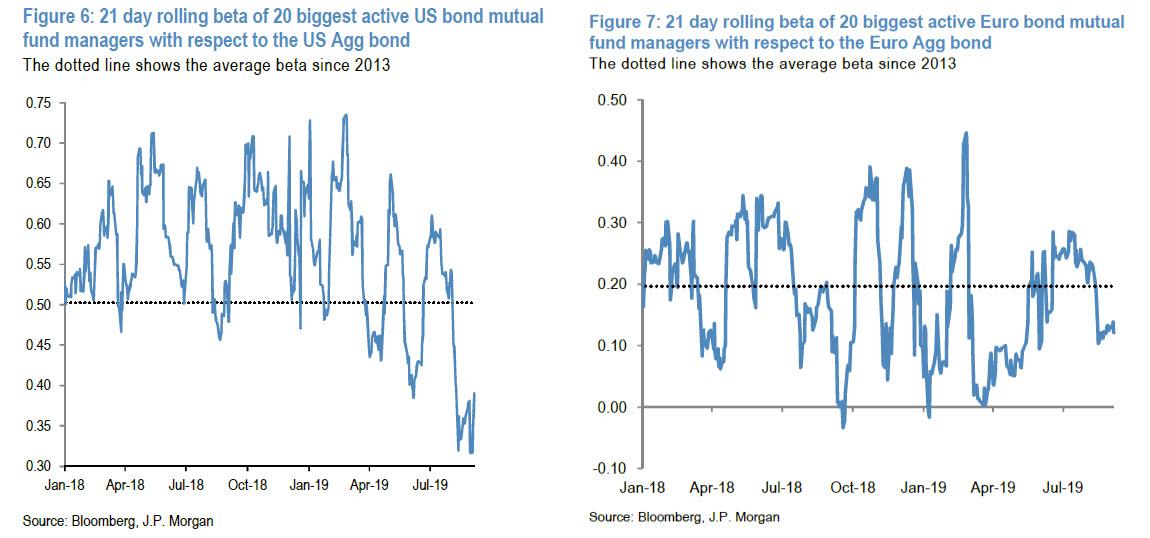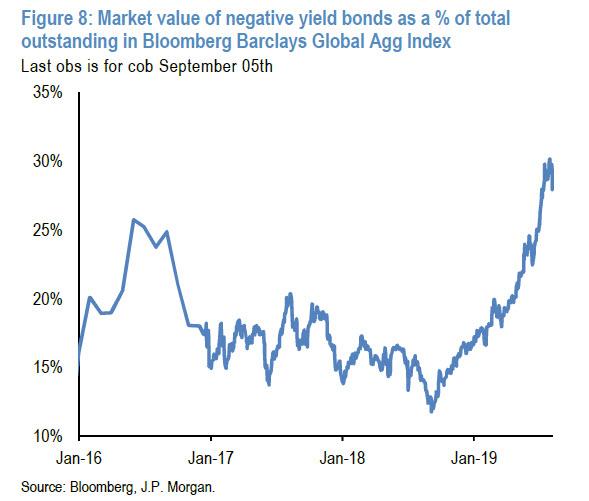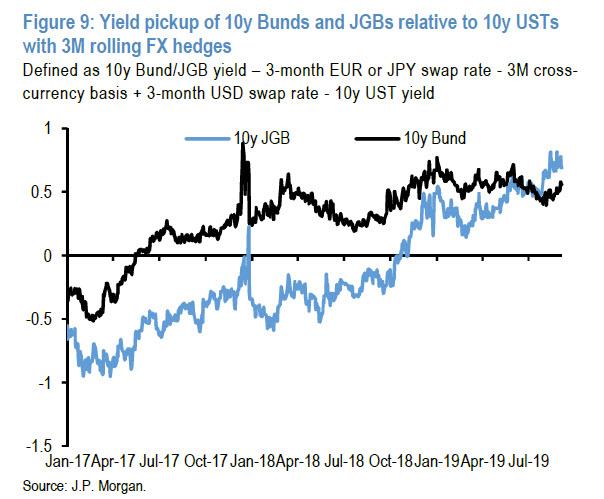Universal Basic Income + Automation + Plutocracy = Dystopia
Authored by Caitlin Johnstone via Medium.com,
Americans are discussing the possibility of a universal basic income (UBI) more seriously than ever before, largely due to the surprisingly popular campaign of Democratic presidential candidate Andrew Yang.
Yang has made UBI the central issue of his platform, promising a “Freedom Dividend” paid for by a Value Added Tax on businesses which would give every American over the age of 18 an unconditional $1,000 a month to help offset the looming crisis of automation replacing US jobs.
“In the next 12 years, 1 out of 3 American workers are at risk of losing their jobs to new technologies — and unlike with previous waves of automation, this time new jobs will not appear quickly enough in large enough numbers to make up for it,” Yang’s campaign site argues.
“To avoid an unprecedented crisis, we’re going to have to find a new solution, unlike anything we’ve done before. It all begins with the Freedom Dividend, a universal basic income for all American adults, no strings attached – a foundation on which a stable, prosperous, and just society can be built.”
Yang is absolutely correct that automation is going to be replacing the jobs of many people in the very near future, and he is absolutely correct that new solutions unlike anything ever tried before are going to be necessary to help address this problem. But his plan, and indeed all the most publicized plans which involve the implementation of a universal basic income, will necessarily lead to an oppressive oligarchic dystopia unlike anything we’ve ever seen before.
Jeff Bezos is in favor of a universal basic income. https://t.co/ohsW00PNKS
— Matt Stoller (@matthewstoller) September 24, 2017
Do you know who supports the implementation of a UBI besides Andrew Yang? Billionaires. Lots of billionaires, especially the new money tech billionaires who are positioning themselves to inherit the earth in the transition to a new paradigm dominated by automation and artificial intelligence. Billionaires like Jeff Bezos, Pierre Omidyar, Mark Zuckerberg, Jack Dorsey, Elon Musk, Richard Branson, Bill Gross, Tim Draper, and more moderately Bill Gates have all been seen advocating for a policy that is now being popularized as one which would level the economic playing field and take power away from the billionaire class.
Now why would that be? Why would a group of people who’ve clawed their way up to positions of immense wealth control, enabling them to live as modern-day kings, be so eager to suddenly give away that power? Why would they break with the trend we’ve consistently observed in rulers since the dawn of recorded history and voluntarily relinquish the power they fought to claim without a fight? Are billionaires just naturally good people inherently predisposed to compassionate action and wealth redistribution? Have we been wrong about Jeff Bezos being a real-life supervillain this entire time?
Of course not. This increasingly powerful class of new money tech plutocrats are not pushing to give power away, they’re pushing to secure more. As Jimmy Stewart’s character says in It’s A Wonderful Life, Potter isn’t selling, Potter’s buying.
I am not arguing against the general principle of universal basic income here. If humanity is to learn to collaborate in a healthy way with the ecosystem in which we evolved, a lot more of us are going to have to start doing a lot less. We’re going to have to stop using up energy driving to jobs the world doesn’t need to produce crap you have to propagandize people into believing they want so they’ll spend money on it and then throw it in the landfill. That’s obviously an insane way for an increasingly technologically advanced species to continue to function, and one way or another we are going to have to start doing a lot more nothing quite soon.
But imagine what will happen with a system of the kind Yang and the tech billionaires are proposing. Imagine what will happen in a society where people are no longer necessary and have nothing the powerful need. Imagine what will happen when people become dependent on a subsistence UBI set up by the already plutocrat-controlled government to sustain them when plutocrat-owned technologies render their labor completely moot. Imagine a world where a few increasingly consolidated automation firms produce more and more of the goods and services once provided by human labor and re-collect all taxes they have to pay into the UBI from a public forced by their subsistence wages to buy automation-made products and services.
That would be total oligarchic control. Not what we’re seeing now; what we’re seeing now is not total oligarchic control. Our current predicament pales in comparison to how bad it could get.
Think about what would happen in that situation if people decided they weren’t being treated fairly by the existing system. What recourse would they have? They can’t organize labor strikes if they have no labor. They can’t boycott if everything is made by the same corrupt system. Mass demonstrations and civil disobedience would go unnoticed by a power structure that needs nothing from its populace. Violent revolution would be an unwinnable game as security systems protecting the infrastructure of the powerful would also become automated. People would cease to be active participants in their society, and would instead be merely along for the ride at the whims of the oligarchs, for as long as the oligarchs deemed them not too inconvenient to keep around.
Because our last bargaining chips would have been taken away from us.
Think about how such a paradigm would dance with the current populist movements we’re seeing in the world today as people grow upset with their already oppressive living conditions. The left will be neutered far more definitively than it has been by anything that government agencies have ever been able to engineer; the workers can’t unite if there are no workers. Yellow Vests-type demonstrations would have no effect on a power structure that doesn’t require law and order outside its automation complexes. Attempts to vote the problem away will be laughed off by a political system that is even more oligarch-controlled than it already is.
Now imagine how that would dance if you add in the sort of narrative domination that advanced artificial intelligence programs would allow, as Julian Assange warned shortly before his silencing. We are already seeing such programs being developed by shady government agencies, along with increasingly Orwellian high tech surveillance systems.
That’s what the billionaires are going for. That’s what Potter’s buying.
The rich and powerful have always feared two things: death and the public. Because both of those things can take away everything they’ve stolen. Our current rulers, the billionaire class, are currently working on unlocking the secret of immortality in a number of creepy ways, and they’re working on addressing the problem of the public in the way I just described. Someday Jeff Bezos and his ilk hope to become the first rulers in history who get to rule without the threat of losing it all to death or to revolution.
The solution, obviously, is to stop this before it happens, because if it’s allowed to happen it will be far too late to do anything about it. People are going to have to wake up out of the propaganda matrix and take power away from the billionaire class, and that must necessarily include taking control of automation technologies. Artificial intelligence and automation are far too consequential for their future to be determined by a few billionaires who are only billionaires because they can think like a machine better than other people can. Humanity’s future must be guided by the collective wisdom of all human beings in the service of humankind, not by binary-minded tech wizards in the service of corporate profit margins.
A universal basic income could work under a very different system, but the one thing all the most popular UBI/automation models being promoted by the billionaire class and by Andrew Yang have in common is that none of them seek to fundamentally change the system which enables plutocrats to shore up more and more power and control for themselves. They all seek to maintain the status quo and plunge it further into oligarch-dominated dystopia. This should be rejected.
This article originally said Yang’s plan is to give $1,000 to every American between 18 and 64, but that’s an older plan of his. Yang’s “Freedom Dividend” would be for every American over 18.
* * *
The best way to get around the internet censors and make sure you see the stuff I publish is to subscribe to the mailing list for my website, which will get you an email notification for everything I publish. My work is entirely reader-supported, so if you enjoyed this piece please consider sharing it around, liking me on Facebook, following my antics on Twitter, throwing some money into my hat on Patreon or Paypal, purchasing some of my sweet merchandise, buying my new book Rogue Nation: Psychonautical Adventures With Caitlin Johnstone, or my previous book Woke: A Field Guide for Utopia Preppers. For more info on who I am, where I stand, and what I’m trying to do with this platform, click here. Everyone, racist platforms excluded, has my permission to republish or use any part of this work (or anything else I’ve written) in any way they like free of charge.
Bitcoin donations:1Ac7PCQXoQoLA9Sh8fhAgiU3PHA2EX5Zm2
Tyler Durden
Sun, 09/08/2019 – 17:40
via ZeroHedge News https://ift.tt/2PWEZtn Tyler Durden
